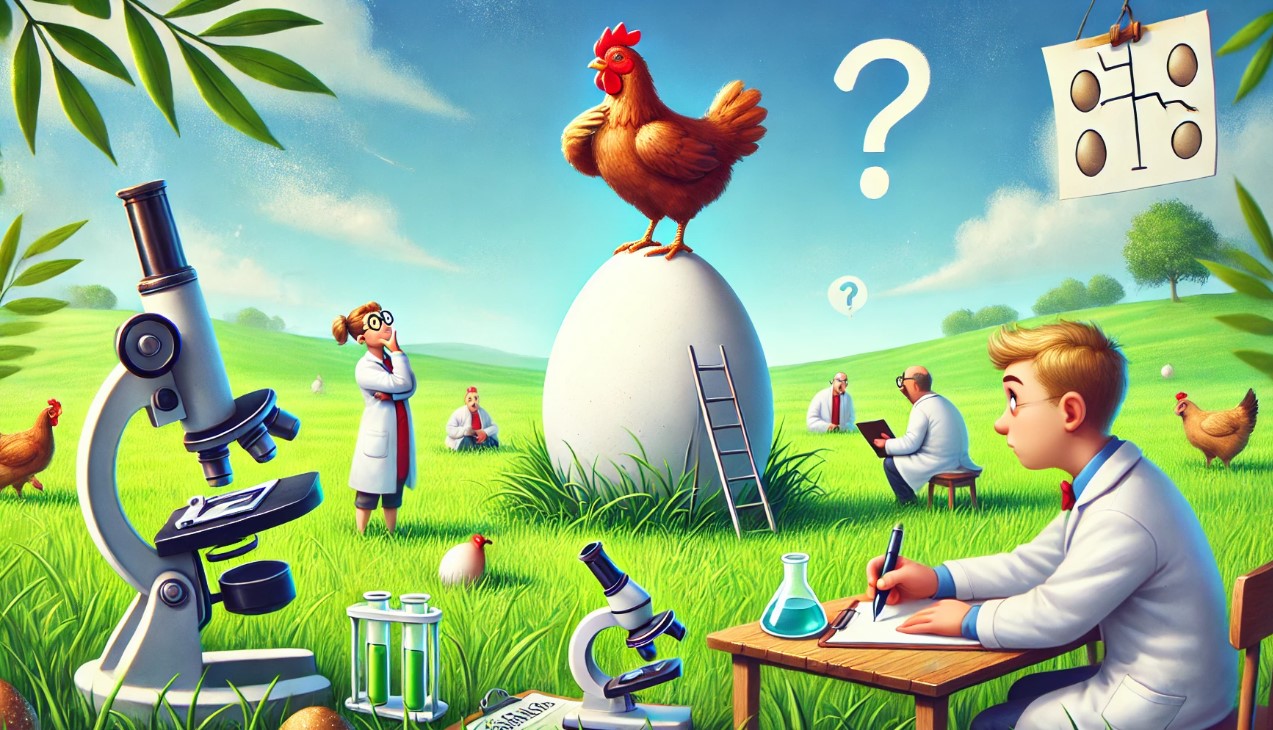
The timeless debate of whether the chicken or the egg came first has intrigued philosophers, scientists, and curious minds for centuries. This question, blending biology and logic, continues to spark conversation and even scientific inquiry. To find an answer, we must explore the evolutionary origins of eggs and the genetic history of chickens.
The Evolutionary Tale of Eggs
Eggs are far older than chickens, having appeared in the animal kingdom millions of years ago. An egg is essentially a protective container, enabling an embryo to develop into an independent organism. Early animal species laid eggs in water to prevent desiccation, but a groundbreaking evolutionary development—the amniotic egg—allowed animals to lay eggs on land.
These amniotic eggs contained three specialized membranes: the chorion, amnion, and allantois. Together, they created a self-sufficient life-support system, offering embryos both nourishment and protection without relying on water. This innovation paved the way for terrestrial life as we know it.
Enter the First Chicken
According to the Australian Academy of Science, the first chicken came into existence due to genetic mutation. When two proto-chickens mated, their genetic material combined, resulting in a mutation that led to the very first chicken. This genetic change was then passed on as the embryo developed, solidifying the characteristics of what we now recognize as a chicken.
Research indicates that amniotic eggs appeared around 340 million years ago, while chickens evolved much more recently, approximately 58,000 years ago. Therefore, from a purely evolutionary perspective, eggs clearly predate chickens.
The Role of Ovocleidin-17
However, there’s a twist. Chickens produce a unique protein, ovocleidin-17 (OC-17), which is essential for forming the hard shells of their eggs. This protein is found only in chicken ovaries and accelerates the crystallization of calcium carbonate, forming the eggshell within 24 hours. Based on this, some scientists argue that chickens must have existed first to produce OC-17, making chicken eggs possible.
The Unending Debate
So, which truly came first? From an evolutionary standpoint, eggs existed long before chickens. But when it comes to the specific formation of a chicken egg, a chicken’s genetic and biological makeup is necessary. This mutual dependency keeps the debate alive, suggesting that the answer may not be as straightforward as we hope.
Modern-Day Eggs and Chickens
Eggs and chickens today differ vastly from their ancient ancestors. Modern poultry farming focuses on efficiency, offering options like free-range, organic, and conventional eggs, all subject to strict safety standards. In contrast, early birds laid smaller quantities of eggs in natural habitats, resulting in different nutritional profiles.
Nutritional Insights: Chicken vs. Eggs
Both chicken and eggs are nutritional powerhouses. Chicken is an excellent source of lean protein, essential for muscle growth, along with vital vitamins like B3 and minerals. Eggs, on the other hand, offer a balanced mix of protein, healthy fats, and key nutrients like vitamins D and B12. They also contain antioxidants beneficial for eye health. The choice between the two depends on dietary preferences and nutritional goals.
While the chicken-and-egg puzzle may never have a definitive answer, one thing is clear: both are integral to human diets and evolutionary history.





